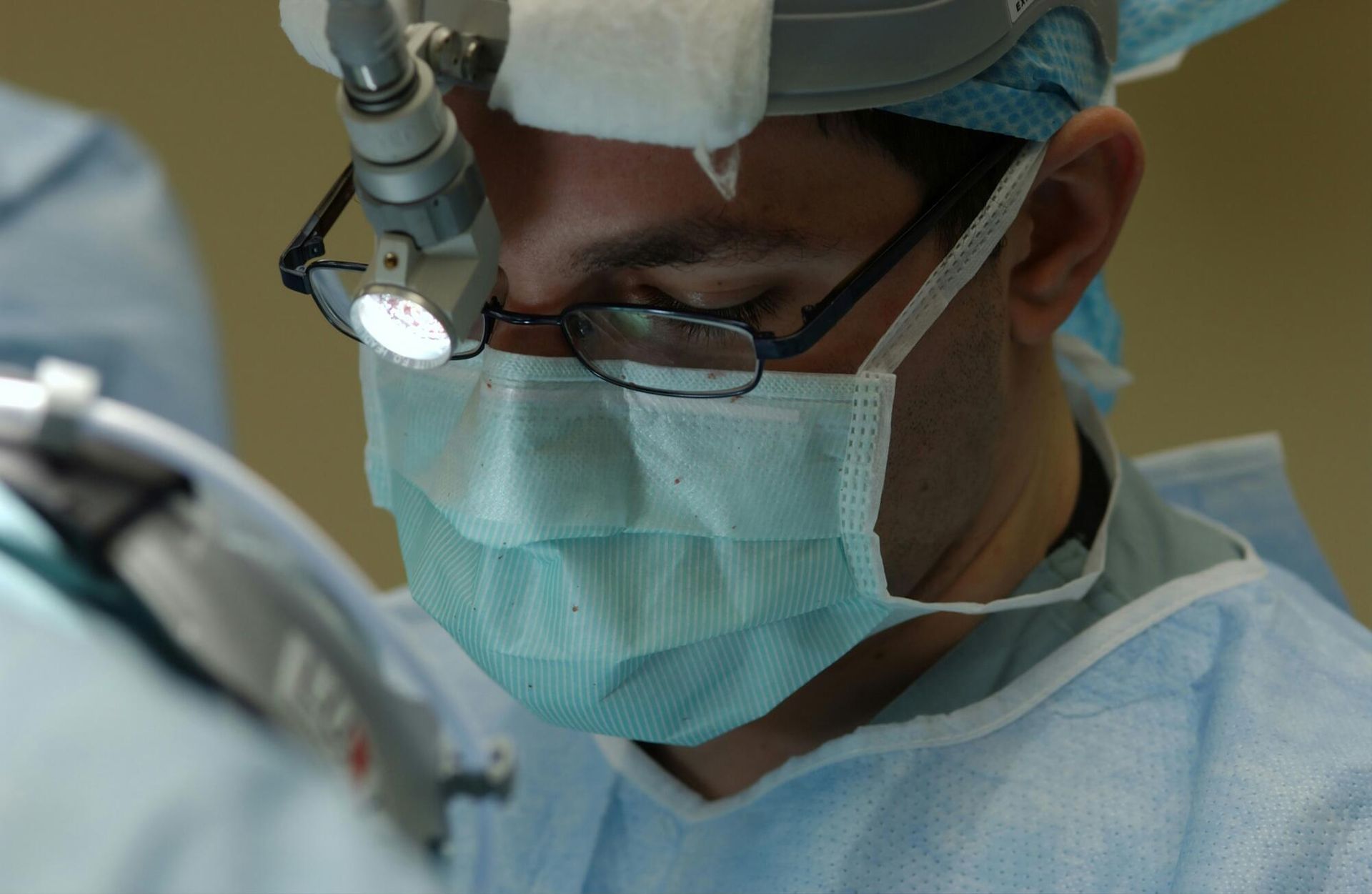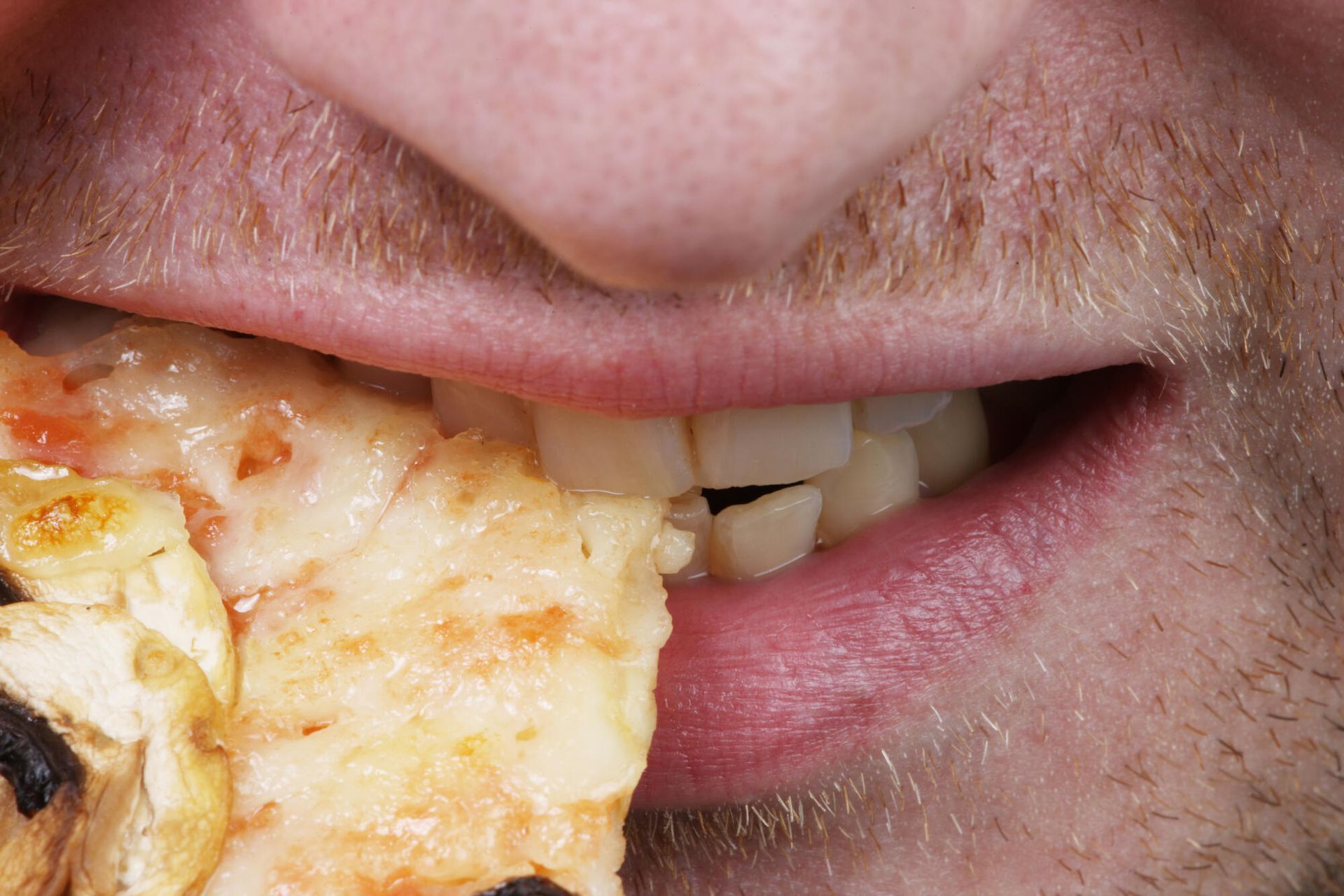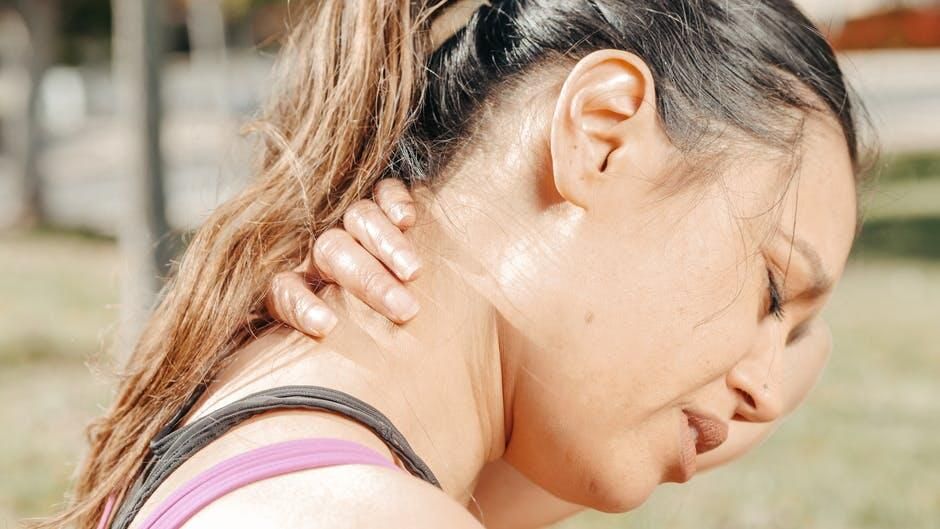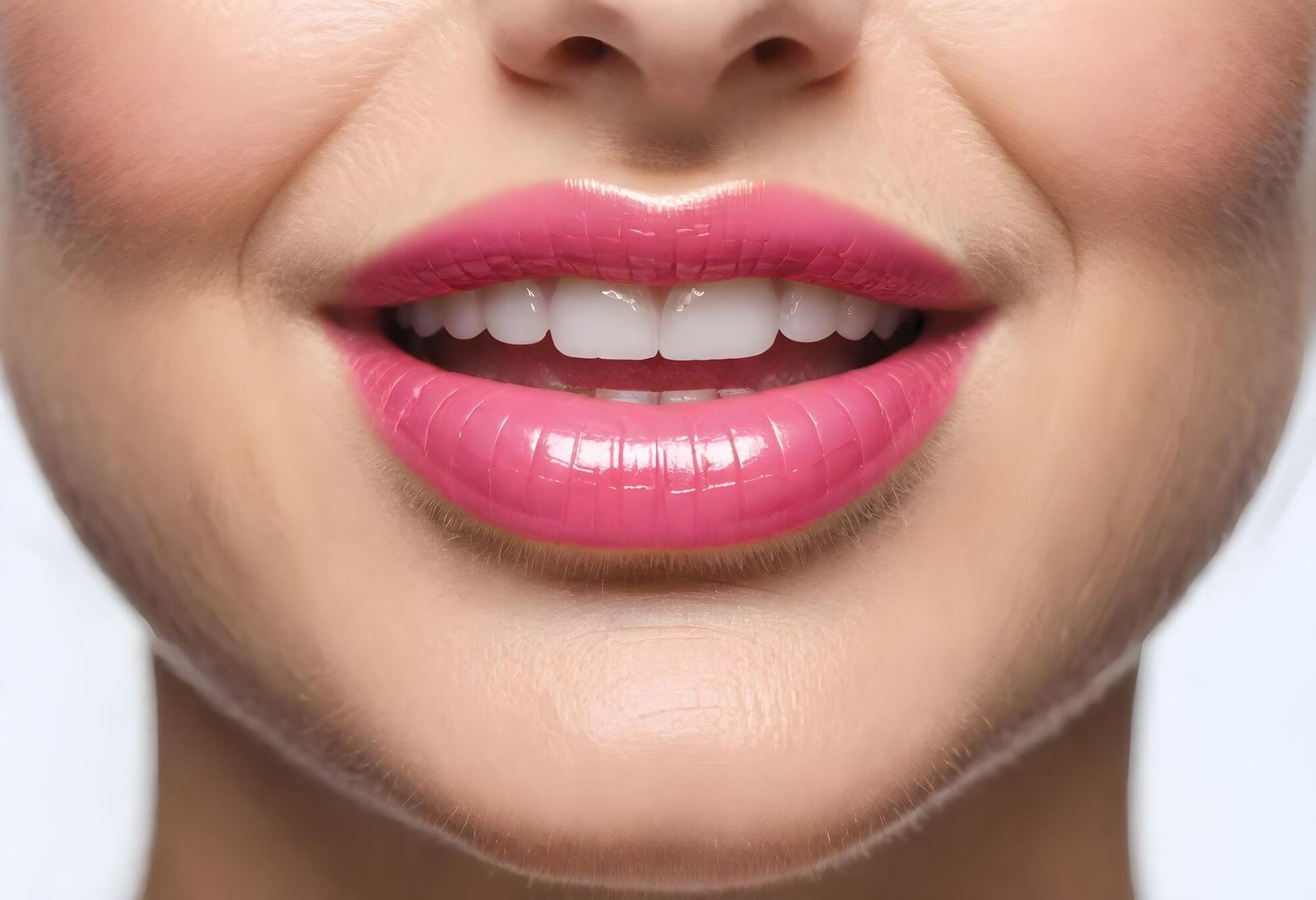What Is TMJ? The Ultimate Guide to Symptoms, Causes, and Treatments
Are you wondering what is TMJ? Learn about the symptoms, causes, and treatment options for TMJ in our ultimate guide today.
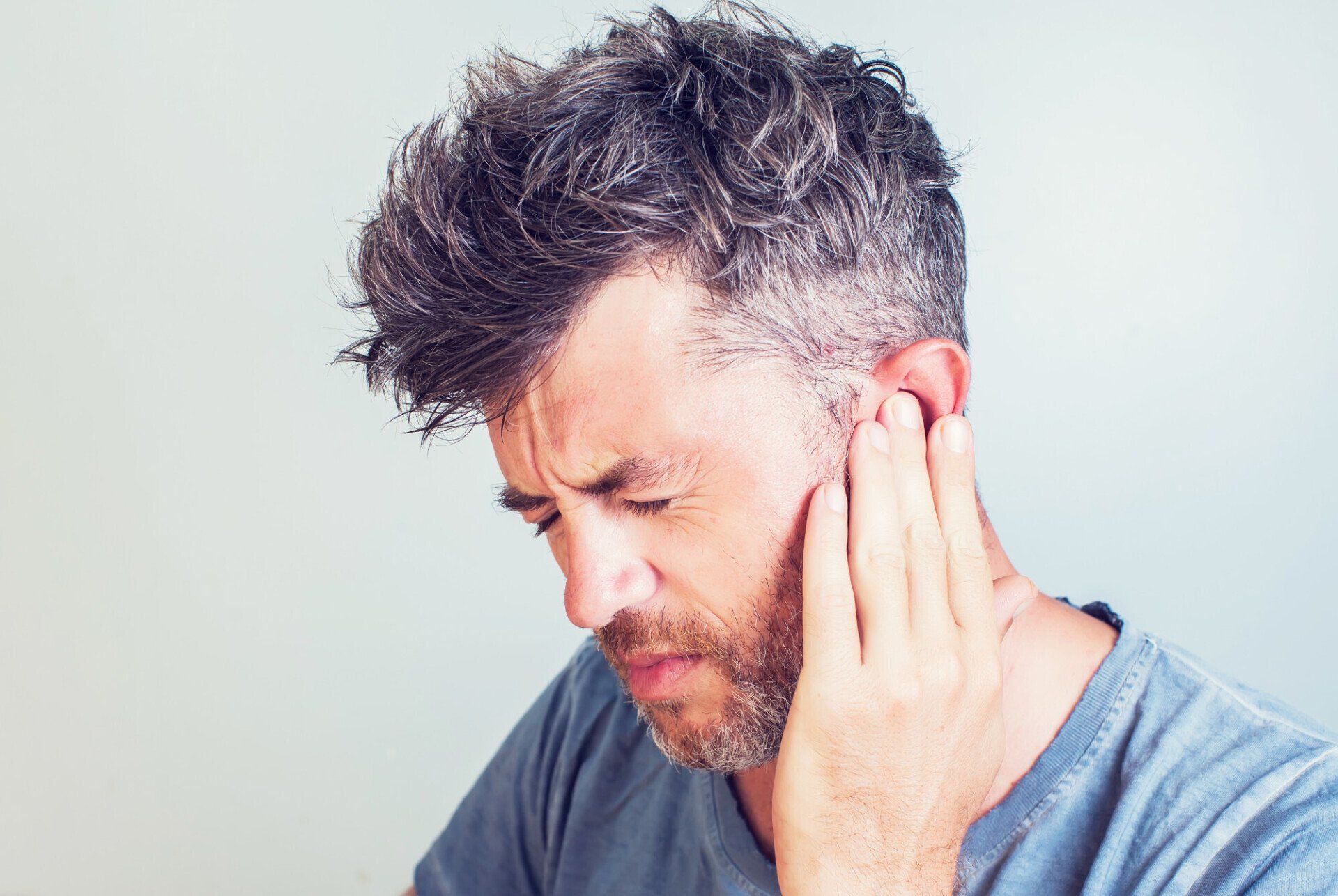
Have you experienced pain throughout your neck and shoulders? Do you notice constant headaches throughout your day? Maybe you've noticed tenderness or swelling in your jaw joint.
These are three of the most common symptoms of temporomandibular joint (TMJ) disorder. What is TMJ disorder , you ask? This disorder affects the joint that connects your upper and lower jaw.
The TMJ joint has several ligaments, muscles, bones, and discs that help your jaw move in various directions. If something goes wrong in this joint, you'll experience pain and difficulty moving your jaw.
If you're concerned that you may have TMJ disorder, this is the guide for you! In this article, we'll explore all the information you need about this condition. Read on to learn more about symptoms, causes, and treatments.
What Is TMJ? Learning Where Jaw Pain Comes From
As mentioned earlier, the TMJ allows your jaw to move in many directions. If any part of the TMJ becomes negatively affected, it can result in various pain points.
What is the main cause of TMJ disorder for people? Several possible causes exist. If you suffer trauma to the region, such as a punch to the jawbone, it could lead to a TMJ disorder.
Another option is an improper bite. Have you ever found that you bit down too hard on something and felt pain afterward? Something like this could cause a TMJ disorder.
Finally, like many joints in the body, the TMJ can suffer from arthritis. If this occurs, you can feel inflammation and pain when you try to operate this joint.
Symptoms of TMJ Disorders
In particular, when shock-absorbing discs and other parts of the retrodiscal pad become injured, it can cause many problems. This group of discs protects your bones from common weathering. In this way, it functions like the meniscus in your knees.
Your retrodiscal pad has a blood supply and nerves particular to itself. These features make the pad and discs open to inflammation, disease, and trauma.
Some typical signs of TMJ dysfunction include:
-
pain along the jawline
-
jaw pain on one side
-
neck pain and tightness
-
headaches
-
ear ringing
-
sharp pain occurring in the ear
-
popping sounds in the TMJ
-
lockjaw
-
difficulty eating
-
discomfort or pain when talking or in some sleeping positions
Of all these symptoms, one of the most common is a TMJ headache. What is a TMJ headache, you ask?
When your TMJ suffers from an injury, the pain can spread to other muscles in your cheeks and towards the top of your head. The result of this is a headache.
How to Isolate the TMJ
The trouble with diagnosing TMJ disorder is that many of these symptoms could derive from other problems. If you're not sure whether it's your TMJ that's bothering you, it may help to know where to find it.
First, place a finger on either earlobe and move it towards the fleshy piece in front of your ear opening. The technical name for this piece is the "tragus."
When you reach this point, you should feel a bump. This bump is where your TMJ is. To confirm you've found it, open and close your mouth in slow motion.
As you move your mouth, you should feel the bumps move beneath your fingers. To get more clarity, make sure both spots move in unison. If they move out of sync, this could indicate a problem.
When a dentist attempts to diagnose your pain as a TMJ disorder, they'll check other parts of your body to see if they contribute to your pain. These places include your teeth, gums, and tongue.
A dentist may decide to check X-rays to confirm that your teeth aren't contributing to the problem. However, most healthcare professionals avoid using imaging techniques to diagnose your TMJ dysfunction.Treatment Methods
There are ways to treat your TMJ disorder. However, some treatments may work better than others for your particular case.
We'll explore some of the possible treatment methods in this section. Please note, though, that it's always best to consult with a dentist or other healthcare professional about your condition.
Jaw Exercises for TMY Disorders
When do you suffer most from your jaw pain? Does it happen when you move your jaw in abnormal ways?
If so, you can try coordination exercises to help improve your jaw mobility. The most popular approach is to use the Rocabado 6x6 exercises. These tricks use six oral exercises for six repetitions, six times per day.Changes in Lifestyle
One of the most effective ways to treat your TMJ disorder is to change lifestyle habits. In particular, you can amend your oral habits to help stop your jaw pain.
For example, what can you do if you suffer from jaw pain on one side of your mouth? One option is to chew food on both sides of your mouth simultaneously.
Another thing to monitor is your sitting posture at work. Do you notice you prop your head up with your hand? If so, try to cut out this habit.
How Do You Sleep?
Do you get sore or stiff when you sit at your desk for a few hours? If so, imagine how long you spend in bed at night! Staying in one position for six or eight hours can lead to pain and stiffness, including in your jaw.
If you sleep on your stomach, it can cause stress in your TMJ. Your neck, shoulder, and back muscles can also suffer. Instead, adjust your sleeping position by resting on your back with head and neck support.
Seek Professional Help for Your TMJ Disorder
If you're wondering, "What is TMJ" or how to treat it, we hope this gave you clarity. While different treatment methods can help, we recommend going a step further. Instead of trying to solve the problem yourself, check with a dental care professional!
We offer top-notch dental services for several conditions. If you don't live near our Virginia locations, don't worry.
We also provide virtual dentistry options. Contact us today to learn more!



